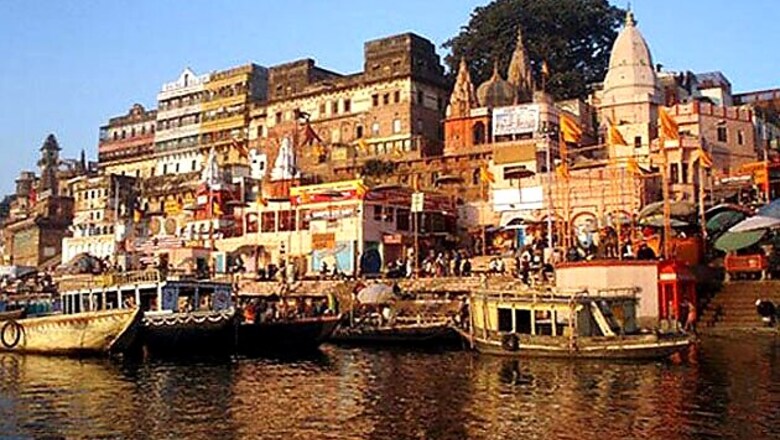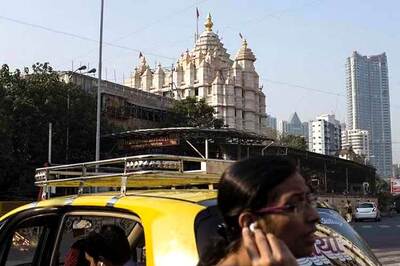
views
For gods and humans alike, Banaras or Varanasi has always been an object of desire and now a book suggests a series of walks through the city's tangled and twisted lanes to unravel its secrets.
In "Banaras: Walks through India's Sacred City", author Nandini Majumdar says that one of the unique qualities of Banaras is that it demonstrates how the culture of a place is not coterminous with its religion.
"The culture of a city is hopefully not coterminous with a historical period either. Change is of course natural and inevitable. But change can be steered into desired directions," she says.
Replete with photographs by Constantino Schillebeeckx, this book, according to her, is an effort to preserve the most beautiful parts of Banaras. The author suggests walks around 12 major neighbourhoods of the city. The book, published by Roli, is divided into 12 sections, each beginning with an ancient road map and a recent one. The places have been described for their historical and mythological importance. Besides directions to reach each place, there are also walk itineraries and sections like things to see mentioned in each chapter.
The lanes of Banaras form a maze parallel to the river, running between homes, palaces and places of worship. They run serpentine or jagged, rarely at right angles to each other, and only those born within them know their eccentricities by heart. They are paved with fine-grained sandstone quarried from the nearby hills of Chunar.
"Walking through them, you lose your sense of time, place, and self, and are accompanied by a constant sense of discovery. Through the lanes, one can walk from the southernmost to the northernmost tip of the city. Or, head east at any point and you will, around a corner, following a twist, reach the river," the book says.
So, on a walk on the trail of the sun god at Assi, one can explore charming buildings, indulge in riverfront activities, visit and ancient water reservoir dedicated to the sun god, and temples devoted to the demon-slayer goddess Mahishasurmardini, the poet-saint Tulsidas and Hanuman. And on a walk around the dense lanes of Madanpura, one can wander past picturesque homes of silk weavers, mosques, Sufi shrines and Islamic schools while pausing at the handloom workshops and silk firms.
"Within rooms facing the street, artisans work at handlooms and lathe machines. Wooden shuttles clatter as they weave silken threads into warp and weft. At crossings, shopkeepers lay out spirals of betel leaves and jars of savoury snacks. They pour steaming tea and ladle chilled yoghurt into clay cups," the book says.
According to the author, for gods and humans alike, Banaras has always been the object of desire. "The city itself has come first. Today, Banaras retains its flavour, its 'Banarasipan' with fervour. It continues to be a city of lanes and workshops, places of worship, and spaces for leisure. Its people still value, above all, freedom and abandon.
"But for a variety of reasons, Banaras is changing. Literally and figuratively, the old Banaras is being broken down. Its love for openness and modernity's more individualised spaces do not always coexist creatively and harmoniously," she says.


















Comments
0 comment